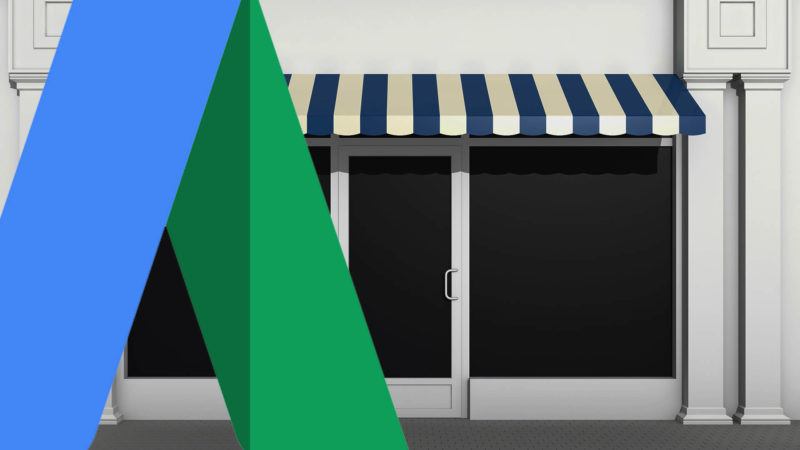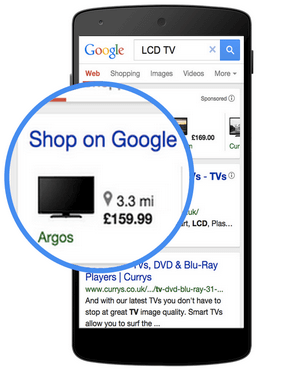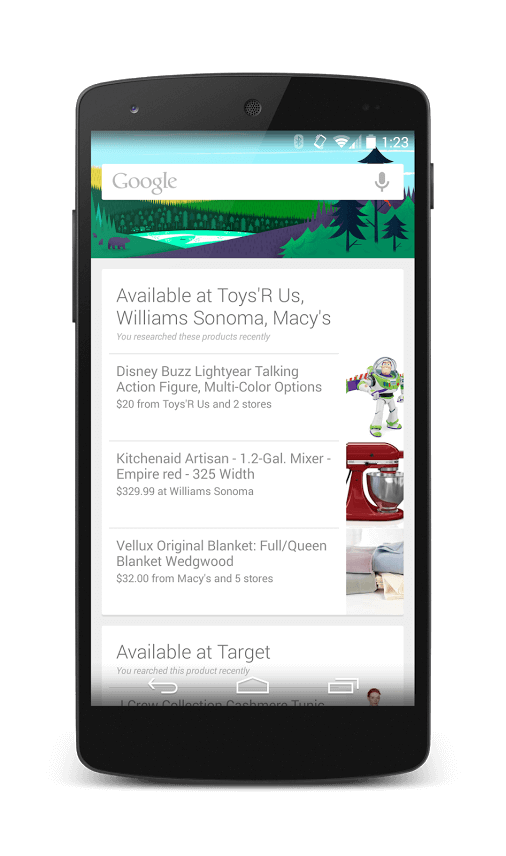Better in-store attribution is here
Closing the online-offline attribution gap is difficult, but strides have been made in recent years. Columnist Mona Elesseily discusses some of Google's innovations in this area and how they might be expanded in the future.

There have been huge advances in hard-to-track conversions like phone calls, store visits and those that stem from the use of more than a single device. Lately, I’ve been particularly excited about the ability to better track online searches that result in offline purchases (also called SOBO — search online, buy offline).
In this article, I’ll cover some of the offline attribution progress we’ve seen, and I’ll make some predictions on where I think it’s headed. I find it very exciting we’re getting closer to closing the online-offline marketing gap.
Why is this important?
Closing the online-offline attribution gap is important for two main reasons.
First, SOBO conversions significantly outnumber online conversions. According to Google, although many people research products online, approximately 95 percent of retail sales still happen in physical stores. That’s a whole lot of marketing data that we’re not privy to and that we can’t factor into our optimization efforts.
Second, the current offline tracking method is labor-intensive and requires that offline data be consistently uploaded to Google. Specifically, you upload GCLID data, conversion date, time and other conversion details (It’s a five-column spreadsheet) back to Google, and they record the conversion event. This tends to be a huge hassle for companies; as a result, many don’t track offline marketing initiatives well.
Here’s some of what we’re seeing:
1. Google Local Inventory Ads
Local Inventory Ads (LIAs), shown below, highlight how far the nearest store is from you and show specific store inventory.
This type of advertising requires two feeds: a local one and a product one. The extra data makes this a much harder nut to crack for Google, and I don’t tend to see these results as often as the regular Product Listing Ads.
Here’s a little more info on LIAs:
- They bring us a step closer to in-store attribution and understanding what terms/audiences are more likely to convert in-store.
- Google goes to stores (random) to spot-check product availability.
- This is not currently available in Canada, but it’s available to advertisers who sell to the US.
As this improves, I hope we’ll be able to get super-granular and optimize conversion events in specific stores.
2. Google Now in-store cards
Google Now can display a special in-store card that “appears when a shopper is near a store, displaying useful information such as sales, closing hours, loyalty card data and more.” Users can also click on these in-store cards to browse store inventory right from their phones.
Along these lines, Google Now can notify you when you’re near a store that sells a product you’ve recently researched; these in-store cards include the product and the price of the searched item. For example, perhaps you’ve been searching for a KitchenAid blender recently — Google Now may notify you when you’re in close proximity to a store that sells it.
In-store cards take into consideration location history, internet activity (like clicks on ads) and actual visits to a store. Google also considers data that’s stored in Google accounts.
Moving forward, the engines will be able to better intuit what we’re looking for through machine learning. This could eventually replace the rigid, feed-based Google Shopping product and could beautifully enhance other marketing channels like video (YouTube).
Although it’s possible to advertise Google Shopping products in YouTube videos (called TrueView for Shopping), the structure is quite confined. With this type of ad, I like to layer in remarketing to further tailor advertising and target people who have already expressed interest in my product. But ultimately, Google determines the specific product that will show in my video feed (just as they do in the regular Google Shopping feed).
In the future, I believe Google will factor in past queries, location and user data and embed specific and personalized product recommendations in videos. Obviously, this could feel “creepy” and quite intrusive to users if not carefully implemented, so they’ll need to be careful about this.
3. Google in-store conversions
This not-so-new metric, in-store conversions, allows advertisers to measure the number of shoppers that visit a physical store after seeing a search ad. It uses a combination of WiFi, GPS and specialized store maps to track visits (basically footsteps) to and within a store.
It’s worth noting that Google has a threshold for which it will count an in-store visit. It will not, for example, count a visit that’s very short, as this may not be a visit to specifically purchase something (For example, you could be picking up your mom from the mall).
I see this as the first step in Google attempting to tie specific purchases at checkout to people who have previously viewed ads. It will be interesting to see how Google plans to further monetize conversions that lead to in-store purchases. We could also see Google pair up specific store aisles to specific products people have previously searched for and/or are in the process of searching for while they’re shopping in a physical store.
Contributing authors are invited to create content for Search Engine Land and are chosen for their expertise and contribution to the search community. Our contributors work under the oversight of the editorial staff and contributions are checked for quality and relevance to our readers. The opinions they express are their own.
Related stories

